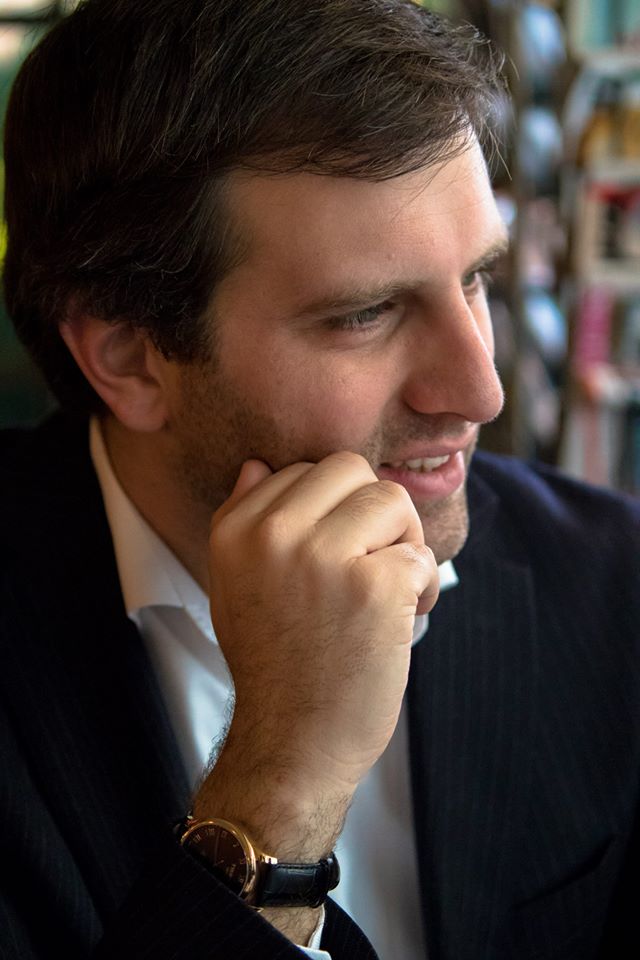PicoSEC - Endoscopic PET and Ultrasound ImagingIn medical collaboration with:Klinikum rechts der Isar In academic collaboration with: European Organisation for Nuclear Research (CERN), SWITZERLAND Technical University TU-DELFT, NETHERLANDS Stiftung Deutsches Electronen-Synchrotron (DESY), GERMANY Laboratorio de Instrumentacao e Fisica Experimental de Particulas (LIP), PORTUGAL University Milano Bicocca (UNIMIB), ITALY Scientific Director: Prof. Nassir Navab and Dr. Benjamin Frisch Contact Person(s): Amit Shah In industrial collaboration with: Fibercryst SAS Villeurbanne, FRANCE Kloe SA, Montpellier, FRANCE STMicroelectronics, ITALY *SurgicEye *GmbH,Munchen, GERMANY |
Abstract
PICOSEC (Pico-second Silicon photomultiplier-Electronics- & Crystal research) is an European Marie Curie training project. It aims to bring together early career researchers and experienced colleagues from across Europe, to take part in a structured, integrated and multidisciplinary training program for young researchers in an R&D project geared to develop a new class of ultra-fast photon detectors in PET and HEP. This R&D will be the core activity of a TOF-PET development for clinical applications and would open new perspectives in medical imaging and hence in the quality of patient treatment. The Consortium is composed of public and private organizations and based on a common research program, aiming to increase the skills exchange between public and private sectors.The overall project is divided in to different work packages that focus on specific aims while working towards common project goal. Our work package (WP) 5 has been assigned with the following tasks,
1. Provide tracking solutions for flexible endoscopy, trans-rectal ultrasound probe (TRUS), and endoscopic imaging devices, and evaluate their robustness and accuracy.
2. Based on tracking and imaging data, reconstruct volumes of interest from flexible endoscopic or TRUS detectors.
3. For orientation, guidance to specific regions of interest, and, where appropriate, through specific scanning protocols, provide navigation solutions.
Publications
| 2014 | |
| A. Cserkaszky, M. Zvolsky, B. Frisch, T. Wendler
Simulation Framework for Novel Medical Applications IEEE Nuclear Science Symposium and Medical Imaging Conference, Seattle, USA, November 2014 (bib) |
|
Clinical Relevance
The target applications for are Prostate cancer and Pancreas Cancer imaging for staging and guiding biopsy. Prostate cancer is one of the highest occurring cancers in males in western world. Nevertheless, there are very good chances of patient survival if it is detected at early stage. For this purpose, prostate imaging is very crucial in screening and treatment planning. On the other hand it is extremely difficult to image Pancreas with exiting PET technologies. The endoscopic PET would be certainly an advantage in this particular application.Team
Contact Person(s)
|
Working Group
|
|
|
|
Location
| Technische Universität München Institut für Informatik / I16 Boltzmannstr. 3 85748 Garching bei München Tel.: +49 89 289-17058 Fax: +49 89 289-17059 |
| Klinikum rechts der Isar der Technischen Universitüt München Ismaninger Str. 22 81675 München IFL Lab - Room: 01.3a-c Tel.: +49 89 4140-6457 Fax: +49 89 4140-6458 |
internal project page
Please contact Amit Shah for available student projects within this research project.




